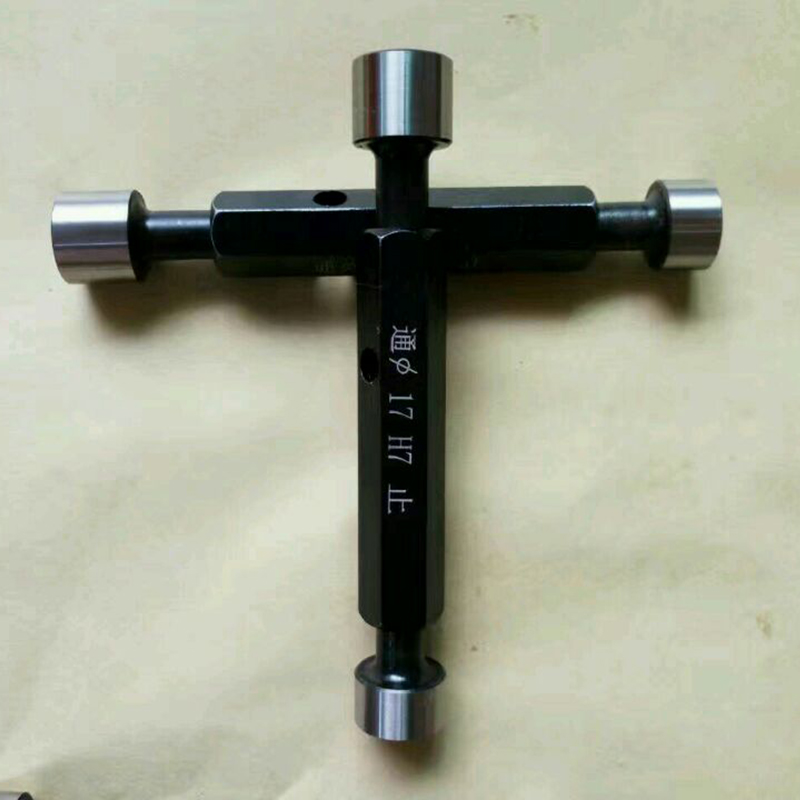Oct . 07, 2024 20:48 Back to list
use of thread gauge
Understanding the Use of Thread Gauges
Thread gauges are essential tools in manufacturing, engineering, and mechanics, primarily designed to ensure the correct dimensions and tolerances of threaded components. Proper usage of thread gauges not only enhances the accuracy of parts but also improves the overall quality and reliability of mechanical assemblies.
What is a Thread Gauge?
A thread gauge, also known as a thread checker or thread pitch gauge, is a measuring instrument that helps identify the type and size of a thread. It typically comes in two forms the screw pitch gauge and the plug gauge. The screw pitch gauge consists of a series of metal leaves or blades, each marked with different thread pitches. The plug gauge, on the other hand, is used to check the internal threads in holes and features various sizes that correspond to specific thread measurements.
Importance of Thread Gauges
The use of thread gauges is critical for various reasons
1. Quality Control In industries where threaded components are prevalent, such as automotive or aerospace, the precision of threads directly affects safety and performance. Thread gauges help maintain stringent quality control standards by detecting defects during the manufacturing process, ensuring that each component meets specified tolerances.
2. Interchangeability Many mechanical systems rely on interchangeable parts. Thread gauges assist manufacturers in ensuring compatibility between components by verifying that threads conform to standard specifications, which facilitates ease of assembly and reduces the likelihood of failures in the field.
3. Cost Efficiency Utilizing thread gauges during production minimizes waste and rework. By identifying threading issues early in the manufacturing process, companies can avoid costly errors and delays, ultimately leading to a more efficient production cycle.
use of thread gauge

How to Use a Thread Gauge
Using a thread gauge is straightforward but requires attention to detail. Here’s a step-by-step guide
1. Select the Appropriate Gauge Based on the threads you are measuring, choose the right thread gauge. For external threads, use a screw pitch gauge; for internal threads, use a plug gauge.
2. Align the Gauge Place the selected gauge against the threaded component. Ensure that the gauge aligns correctly with the thread profile. For screw pitch gauges, the blade should fit snugly against the thread without any gaps.
3. Check for Fit If the gauge does not fit smoothly or if there is any movement, rotate to try other blades or sizes until a proper fit is confirmed. If a plug gauge is used, it should easily enter the internal thread, and the correct size will be indicated by the marked dimensions on the gauge itself.
4. Document Findings Once measurements are completed, document the results for quality assurance records. This helps in maintaining a history of inspections and in making informed decisions for future production runs.
Conclusion
Thread gauges are indispensable tools in precision engineering and manufacturing. Their proper use plays a vital role in quality control, ensures the compatibility of parts, and enhances overall production efficiency. By integrating thread gauges into routine inspection processes, companies can uphold high standards of accuracy and reliability in their threaded components, ultimately contributing to the success of their operations and the satisfaction of their customers.
-
Thread Micrometer Set FeaturesNewsJul.04,2025
-
Right Angle Ruler Tool for WoodworkingNewsJul.04,2025
-
Precision Frame Level Calibration StepsNewsJul.04,2025
-
Magnetic Vee Block MaterialsNewsJul.04,2025
-
Heavy Duty Ground Anchors in MiningNewsJul.04,2025
-
Features of Welding Table Cast IronNewsJul.04,2025
Related PRODUCTS









